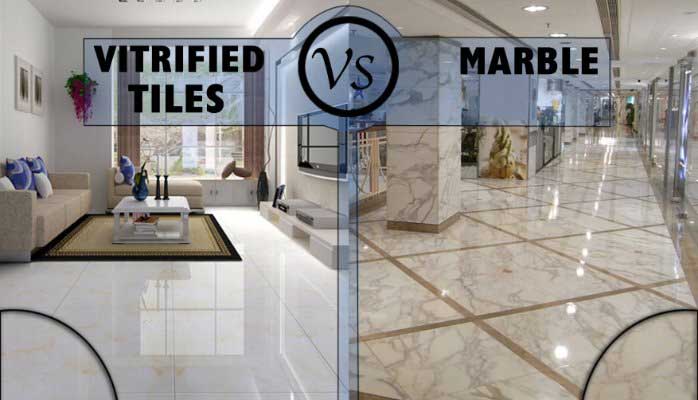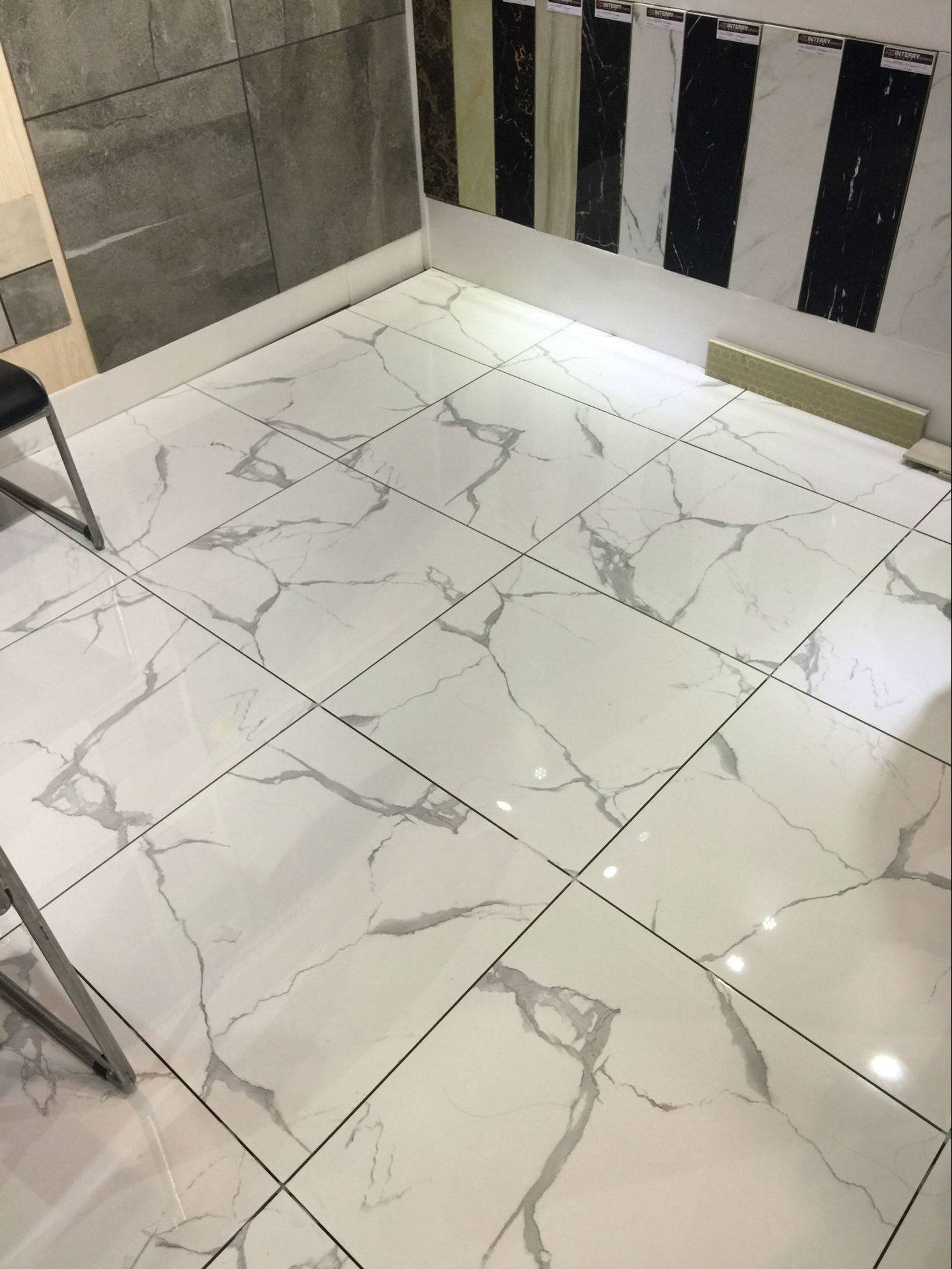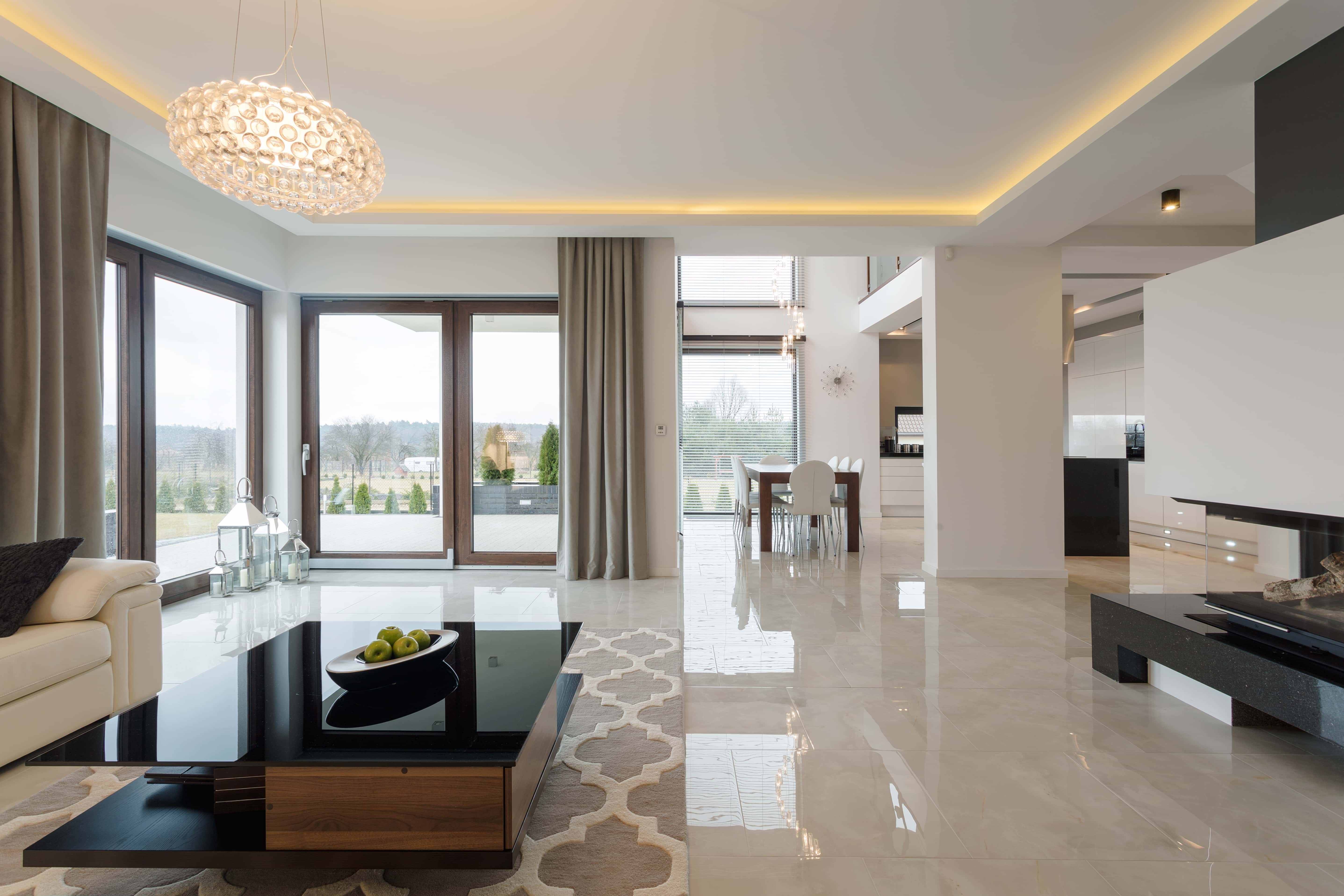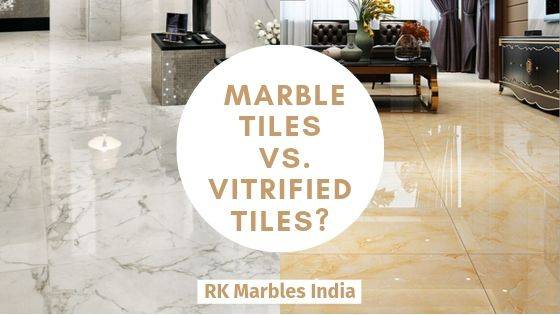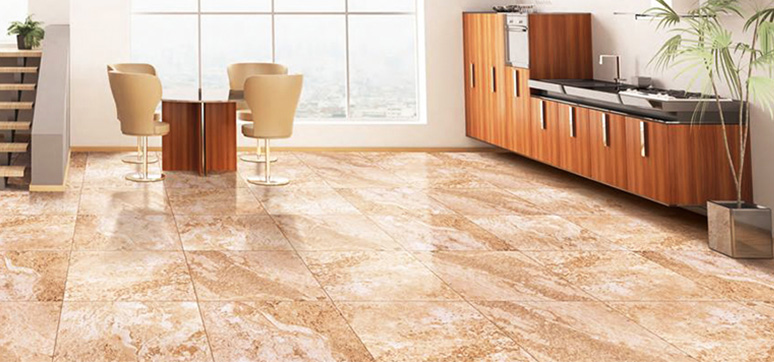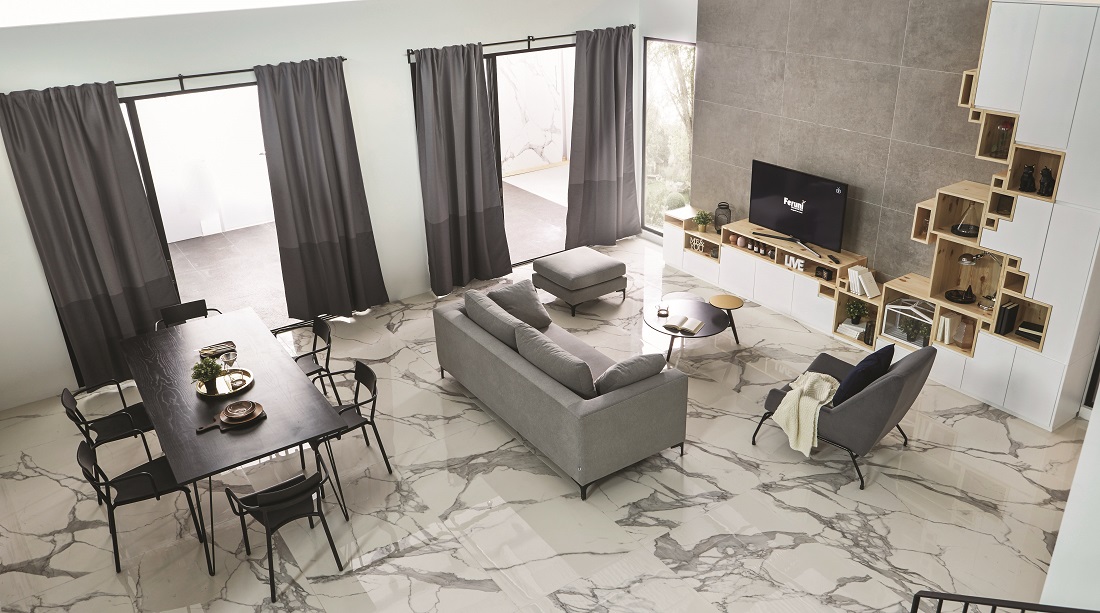When selecting the perfect flooring for your home, two popular options are marble flooring and vitrified tiles. Both materials offer distinct advantages, but understanding their differences can help you make an informed choice. Marble flooring is renowned for its timeless beauty and luxurious appeal. The unique veining and rich color variations create a stunning visual effect that adds elegance to any space. However, marble is a natural stone, making it more expensive and requiring regular maintenance to preserve its appearance.
Vitrified tiles, on the other hand, are a more affordable and low-maintenance option. These tiles are made by vitrification, a process that combines clay and silica at high temperatures, resulting in a non-porous and durable surface. Vitrified tiles are resistant to stains, scratches, and moisture, making them ideal for high-traffic areas like kitchens and bathrooms. Additionally, they come in a wide range of colors and patterns, allowing you to achieve various looks without the high cost associated with marble.
One of the main advantages of marble flooring is its natural cooling properties. Marble stays cool to the touch, providing a comfortable surface during hot weather. This can be particularly beneficial in warm climates, where maintaining a cool indoor temperature is essential. However, marble can be slippery when wet, posing a safety risk in areas prone to spills. Vitrified tiles, with their non-porous surface, offer better slip resistance and are less likely to harbor moisture, making them a safer choice for wet areas.
In terms of durability, both marble and vitrified tiles have their strengths. Marble is a hard, durable stone that can last for decades with proper care. However, it is susceptible to staining and etching from acidic substances, requiring regular sealing and maintenance. Vitrified tiles, with their robust manufacturing process, offer superior resistance to wear and tear. They are less prone to chipping and scratching, making them a practical choice for busy households. The low maintenance requirements of vitrified tiles add to their appeal for homeowners seeking durability and ease of care.
Finally, considering the environmental impact is essential when choosing flooring materials. Marble is a natural, eco-friendly option, but quarrying and transporting the stone can have significant environmental consequences. Vitrified tiles, while manufactured, often have a smaller carbon footprint due to their production process. Additionally, many vitrified tiles are made from recycled materials, further reducing their environmental impact. By weighing the aesthetic appeal, maintenance needs, durability, and environmental considerations, you can determine whether marble flooring or vitrified tiles are the best fit for your home.
Confused between Vitrified Tiles and Marble Flooring?
Which Type of Tile is best – Vitrified Tiles or Marble Flooring?
What to choose Marble Tiles vs. Vitrified Tiles?- RK Marbles India
VITRIFIED TILES FLOORING An Architect Explains ARCHITECTURE IDEAS
Which Type of Tile is best – Vitrified Tiles or Marble Flooring? – Quora
A guide to the right tile style EdgeProp.my
Using HD technology to recreate veincut marble with a beautiful shine, Action is a glazed body
Vitrified Flooring Tiles Texture – Idalias Salon
MarblestonesRavi How to digital flooring vitrified tiles install
Tile & Mosaic Depot 6″ x 6″ Marble Look Wall & Floor Tile Tile floor, Mosaic tiles, Mosaic
Pin on Home Renovation Ideas
Related Posts:
